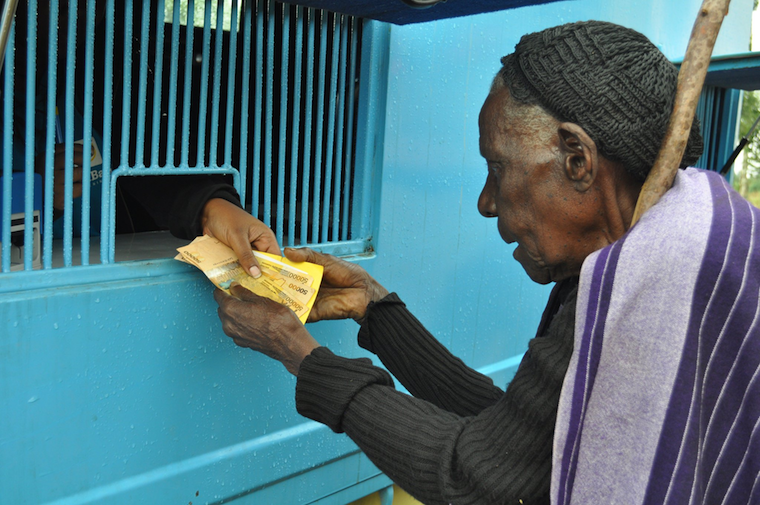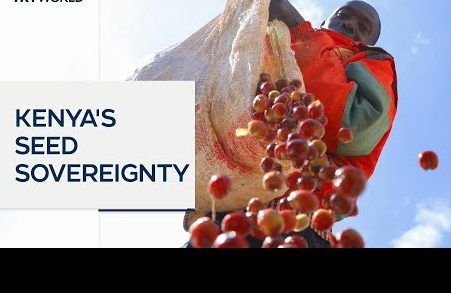
In the capital, Kampala, the International Center for Research on Women (ICRW) convened a powerful dissemination meeting, unveiling new findings from a study conducted in Uganda and Kenya.
The core message was resounding: Uganda must reform and strengthen its social protection systems to truly meet the needs of women. Held recently, the event spotlighted deep gaps in access, accountability and inclusivity within existing programs.
Researchers and experts urged policy-makers, practitioners and development partners to rethink social protection, not just as a lifeline, but as a vehicle for trans- formative change.
“Social protection must work for women not just in theory, but in practice,” emphasized Kirabo Suubi, a gender economist.
“Without accountability, inclusivity and transparency, we risk leaving behind the very people these programs are meant to protect.”
Uganda’s social protection journey began with optimism. The 1995 Constitution laid the groundwork for state-led welfare, followed by the National Social Protection Policy (2015) and the National Single Registration (NSR) Strategy.
These frameworks were designed to tackle systemic poverty and inequality, with programs like the Social Assistance Grants for Empowerment (SAGE) providing crucial support to the elderly.
Yet, the ICRW study found that these promises have been hindered by chronic implementation failures. The Covid-19 pandemic exposed these vulnerabilities, revealing a fragmented system incapable of reaching the most marginalized, especially women.
Emergency aid often bypassed single mothers, widows, and domestic workers who lacked formal IDs or social networks. Despite progressive policies, women continue to bear the brunt of poverty and exclusion.
The ICRW study, conducted between September 2023 and 2024, aimed to capture the voices of Uganda’s most marginalized women, rural dwellers, poor single mothers, widows, informal workers, the elderly, and women with disabilities.
THE FINDINGS WERE STARK
• Only 6.2 per cent of Uganda’s population received social benefits.
• Just 21.9 per cent of elderly citizens accessed any form of state support.
• Overall, only 3 per cent of Ugandans are covered by social protection schemes. The challenges women face are not only logistical but financial.
Accessing benefits often involves navigating bureaucratic hurdles, requiring documents like letters from local council officials—barriers that disproportionately affect poor, uneducated women.
Corruption emerged as a pervasive issue. Participants shared stories of having to pay “facilitation fees” or outright bribes to receive their entitlements.
“They told me to bring a letter from the LC1, then another from the sub-county,” said one woman.
“At each office, I had to pay something small to move my papers. By the time I got the money, half of it was gone.”
These unofficial charges, sometimes up to Shs 400,000 from a Shs 1 million grant, undermine the very goal of these programs. The combination of corruption, distance, high transport costs, and inaccessible infrastructure continues to push women further to the margins.
The study also examined the invisible weight of unpaid care work, a burden borne over- whelmingly by women. Most Ugandan women juggle domestic chores, childcare, and subsistence farming, before even attempting income-generat- ing work.
This unrecognized labor, absent from national statistics, limits their ability to pursue formal employment or sustainable livelihoods. For the 80 per cent of women working in Uganda’s informal economy, there is little to no protection.
Domestic workers, petty traders, and casual laborers often lack contracts, insurance, or maternity leave.
“Every day I go to the market to sell tomatoes,” said a market vendor in Wakiso. “But if I fall sick, there is no support. Even the savings group I joined collapsed when women couldn’t pay.”
This economic insecurity is compounded by poor public services. Testimonies at the meeting painted a grim picture of overcrowded schools and understaffed hospitals, where women’s and children’s health is put at risk.
“I lost my baby at the hospital because the nurses couldn’t attend to me,” shared one mother.
“Another woman was giving birth, and the nurses refused to come.” Participants argued that real social protection must include access to quality education, health-care, and basic infrastructure. Far from mere critique, the meeting produced a strategic blueprint for reform. Experts called on the government to view social protection as a strategic development investment—not charity.
Key Recommendations Included: National Care Policy: To support unpaid care work through affordable childcare services and community-based centers.
Legal Recognition of Informal Workers: To guarantee basic rights, social security, and safe conditions.
Affordable Health Insurance and Maternity Protections: To protect women from eco- nomic shocks and maternal health risks. The ministry of Gender, Labour and Social Development acknowledged existing challenges and highlighted efforts to scale up the National Single Registry, aimed at improving targeting and reducing duplication.
But civil society leaders stressed that technology alone cannot solve corruption. Under the Parish Development Model (PDM), which allocates Shs 100 million to each parish annually, misuse of funds remains widespread.
While some blame local officials, others argue that structural flaws and weak accountability mechanisms are to blame. This sparked fierce debate, with many cautioning against blaming victims of poverty, instead pointing to a broken system lacking checks and balances.
One recurring issue was the absence of gender- disaggregated data. Institutions often fail to budget for or prioritize gender-sensitive monitoring and evaluation. Speakers called for a gender-responsive theory of change, with clear strategies to address real-world barriers like: Lack of land titles for loans, difficulty completing complex registration forms and poor outreach in remote areas
The Uganda Bureau of Statistics was urged to ramp up demand-driven data collection, and local governments were encouraged to integrate gender indicators into their frameworks.
Despite progress, like laws such as the Domestic Violence Act (2020) and increasing girls’ enrollment in school (90 per cent at the primary level), Uganda still lags behind regional peers.
Countries like Kenya and Rwanda invest more of their GDP into social protection, achieving broader coverage and deeper impact. Programs like WIPA and Grow have made targeted interventions, but many vulnerable women remain unreached. Early marriages, teenage pregnancies, and rural isolation continue to drive high dropout rates and economic marginalization.
ashleymwesigye@gmail.com



